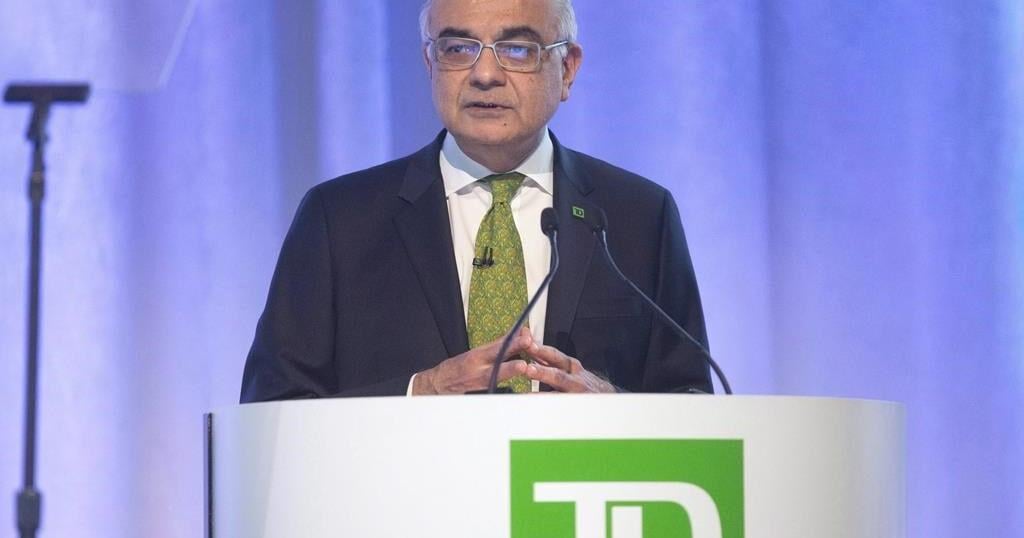In the two weeks since Russia’s invasion of Ukraine, oil prices have rallied by more than $30 to top $130 per barrel as concerns about disruptions to Russian oil supply mount.
Oil is now holding near its highest level since 2008, and analysts are not ruling out a continued run to all-time highs of $150 and even $200 per barrel if more Russian crude and petroleum products fail to make it to the market, either due to import bans, sanctions, a Russian retaliation to the West’s sanctions, or the ongoing “self-sanctioning” from many oil traders, ship owners, banks, and insurers.
These high prices are now entering demand destruction territory, oil executives and analysts say, as consumers feel the pain at the pump and in the prices of all goods due to inflation, and industries are seeing margins evaporate with costly feedstocks.
The price surge has already started to hit industries, such as the plastics producing sector. According to traders who spoke to Bloomberg, several Asian petrochemical companies have cut processing rates to 80 percent, while they normally run at close to 100 percent of capacity.
Other industries, as well as consumers, feel it, too.
“There is a chance we get demand destruction” due to the rally in oil prices, Andy Brown, chief executive at Portugal’s energy firm Galp, told Reuters on the sidelines of the CERAWeek conference in Houston this week.
The impact of many Russian barrels not making their way to the western hemisphere—either because of “self-sanctioning” or the U.S. ban on all energy imports from Russia—will be profound, Mike Muller, Head of Vitol Asia at the world’s largest independent oil trader, told Gulf Intelligence this weekend.
Related: Surprise Crude Draw Bolsters Oil Prices
“This is unprecedented stuff, and the law of higher prices is going to have to weed out the weaker demand and destroy it,” Muller said.
With oil prices at $120-$130 a barrel, “you are starting to encroach upon that area where demand destruction will start to occur, whether it’s motorists filling up their cars, or heating or cooling their houses,” ConocoPhillips CEO Ryan Lance told Bloomberg on Tuesday.
“This is a level where consumers have started to push back a little bit,” Lance said, adding that consumers are now likely to change their behavior which would slow demand for fuels.
Right after Vladimir Putin sent troops to invade Ukraine, Goldman Sachs said that only demand destruction could stop oil from rising.
The Russian supply shock—which Goldman described as the sharpest twist in the global oil market since the Arab oil embargo of 1973—could lead in coming years “to a sharply faster rise in shale production and more persistent erosion in demand growth through prices staying at historically elevated levels,” the bank’s analysts said in a note this week carried by The Australian Financial Review.
Soaring oil prices are highly inflationary for the consumer in most places around the globe, Michael Tran, managing director of global energy strategy at RBC Capital Markets, told Bloomberg on Tuesday.
According to Tran, however, we may still have a lot of room before the U.S. gets to true demand destruction.
The last true demand destruction was in 2008 when gasoline prices were over $4 per gallon. Adjusted for inflation to the year 2022, this level would be around $5.20 now, Tran says. This summer, U.S. demand will be less price-elastic compared to what we’ve seen in the past, he added.
The national average U.S. price of a gallon of regular gasoline was $4.173 as of March 8, according to AAA data. That’s a 55-cent jump from $3.619/gal just a week ago.
“The national average price of gasoline has now reached $4.25/gal, 61c/gal higher than a week ago, the largest weekly rise ever,” Patrick De Haan, head of petroleum analysis for fuel-savings app GasBuddy, said on Tuesday. The national average price of diesel has reached $4.86/gal, the highest ever, and a 74.7c/gal rise from a week ago, he added.
As the import ban on Russian energy hits heavier crudes, “diesel prices are going to SOAR,” De Haan noted, adding that a nationwide average of $5.50-$6 “isn’t impossible.”
Skyrocketing fuel and energy prices, not only in the U.S. but worldwide, are set to further stoke inflation and could slow economic growth.
But the crude price rally may be far from over.
As seen over the past few days, Brent prices traded in a $20 a barrel range, and they could go much higher, RBC’s Tran told Bloomberg, adding:
“Nothing is crazy in this oil market anymore.”
By Tsvetana Paraskova for Oilprice.com
More Top Reads From Oilprice.com:
























